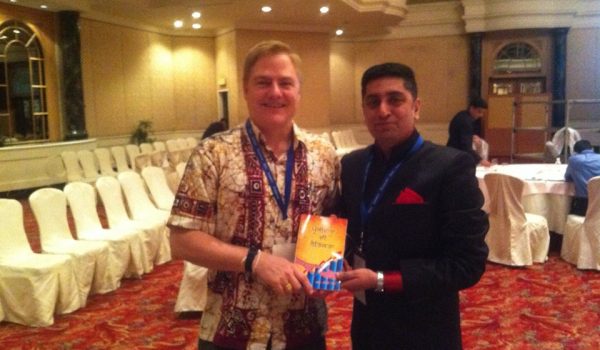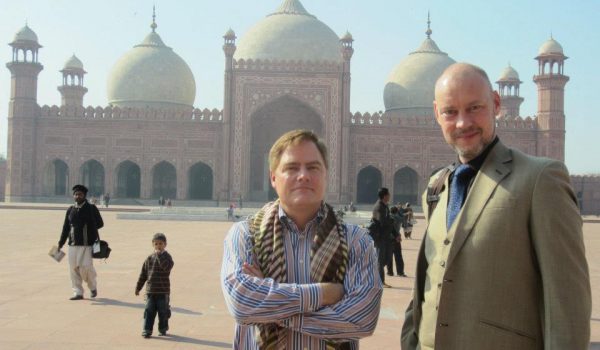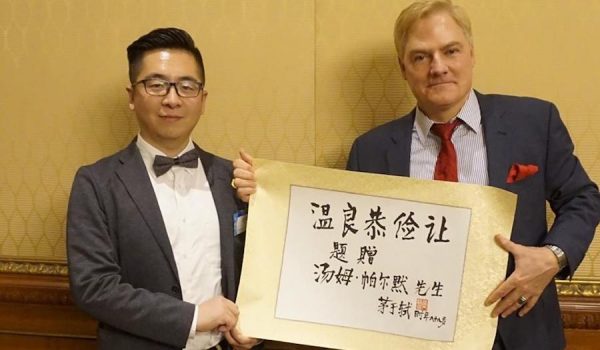My note below about Fareed Zakaria’s excellent book was incomplete, since I had not finished reading the book. I learned some things from it, achieved some clarity on a couple of issues from it, and was challenged, but not convinced, by his take on other issues. I should say that I found the last section, in which he expresses some nostalgia for the lost world of elites and noblesse oblige, rather unconvincing. In particular, I wasn’t convinced that “democratization” and “marketization” are related in the ways he describes, nor that stable elites are such a great thing. I much prefer Vilfredo Pareto’s understanding of the circulation of elites. But The Future of Freedom is nonetheless one of the best recent statements of a somewhat conservative-liberal view of social order. Zakaria will be speaking at a Cato Institute city seminar in New York on June 5.
I’ve just started Anne Applebaum’s new book Gulag: A History. It promises to be a great read. Applebaum’s a fantastic writer, a careful scholar, and possessed of a moral sensibility that is judicious, practical, and finely tuned.
As usual, I’ve got a number of other books going at the moment. The one closest to being finished is a quite good introduction to the history of western political institutions, R. C. Van Caenegem’s An Historical Introduction to Western Constitutional Law. It’s an interesting book that helps to fill in gaps in my knowledge (and a good overview of the subject), but it’s flawed by a rather state-centric concentration on public law, with lots of sentences such as:
“Eventually the monarchy was to re-establish public law and order (as we shall see later on), but for the contemporaries of the weak French kings Henry I (d. 1060) and Philip I (d. 1108) this was hard to foresee. They had therefore tried other ways and experimented with some strange creations of public law in order to protect goods and persons and to install a minimum of security. One such initiative was the proclamation of the Truce and the Peace of God, popular movements inspired by the Church which tended to fill the vacuum left by the state.”
The problem with that approach is that it assumes that public order is a product of a centralized state, but in fact such popular movements as the Peace of God movement are responsible for the peace and the security of person and property that later made possible wider legal institutions. Further, Van Caenegem cites only the threat of excommunication as the means of enforcement of the mutual oaths to refrain from violence that characterized the Truce of God and the Peace of God movement, and ignores the equally important fact that the oaths were taken publicly and that those who refused to take them were separated out from the others. Such techniques helped to overcome the problems of mutual assurance that often characterize the production of public goods, including the most basic public good of peace and security. (See David Schmidtz’s exellent treatment of this in his book The Limits of Government: An Essay on the Public Goods Argument.)
In all fairness, however, Van Caenegem’s book is focused on the historical emergence of what in Europe is called “public law,” so it’s not at all unusual that it will have a state-centric approach. It’s just a shame that he allows his historical task (explaining the emergence of public law) to infect his historical approach, as shown by his use of such terms as “fill the vacuum left by the state,” which implies that the state should be seen as somehow natural and it’s absence should be seen as a vacuum, rather than as an opportunity for other institutions to fill. (Again, in fairness, Van Caenegem is decidedly not an advocate of the absolutely powerful sovereign nation state. He seems more enthusiastic about supranational state systems, such as the European Union.) An excellent antidote to such historical approaches (which see the state as the end toward which history is inevitably straining, and other institutions as aberrations or oddities) can be found in Hendrik Spruyt’s outstanding work The Sovereign State and Its Competitors.
Lastly, I’m slowly going through Martin Heidegger’s quite challenging Plato’s Sophist, which is the course of lectures he gave as he was preparing Being and Time. I’m hoping that it will give me more insight into Being and Time, a book that is nearly unreadable, as most of Heidegger’s published works are, whereas his lectures are often relatively clear and helpful. This one is going to be a long read, however, partly because I have to spend a fair amount of time looking at the texts of Aristotle and Plato that he cites and trying to revive my sadly deteriorated (and never very good) Greek (as many of the Greek passages are either not translated or are translated into Anglo-Heideggerian), and partly because the book addresses such difficult and deeply puzzling matters.









